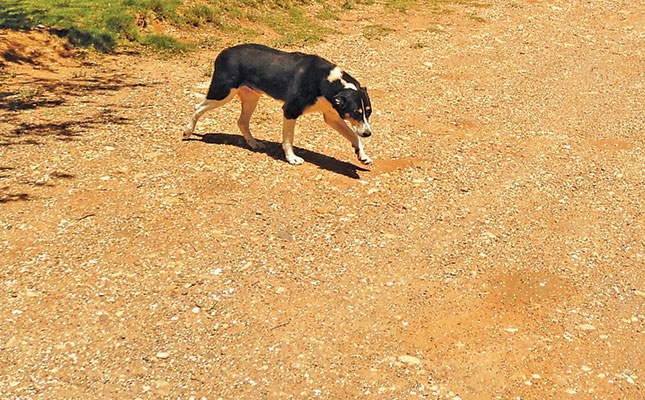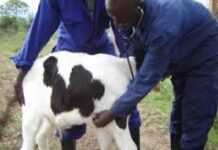A collaboration of international partners is aiming to eradicate dog-mediated rabies in humans by 2030.
Launched worldwide on 18 June, the United Against Rabies Collaboration (UARC) intends to raise and utilise approximately US$50 million (R690 million) to vaccinate enough dogs around the world to wipe out dog-to-human rabies.
“In up to 99% of cases, domestic dogs are responsible for transmission of rabies virus to humans, which occurs mostly through bites or scratches, usually via saliva. Rabies is 100% vaccine-preventable, yet the disease kills almost 59 000 people every year – or one person every nine minutes – 40% of whom are children living in Asia and Africa,” a URAC statement said.
The statement added that the “Zero by 30” global strategic plan to end human deaths from dog-mediated rabies by 2030 had been finalised in consultation with global, regional and national stakeholders.
The plan, aimed primarily at the most underserved populations, reportedly provides a coordinated response to rabies prevention, integrated with strengthening human and veterinary health systems.
The UARC comprises the World Health Organisation, the Food and Agriculture Organisation of the United Nations, the World Organisation for Animal Health, and the Global Alliance for Rabies Control.
According to emedicinehealth.com, a rabies victim who does not receive rapid appropriate medical treatment will gradually become “extremely ill, developing a variety of symptoms, including high fever, confusion, agitation, and eventually seizures and coma”.
“Typically, people with rabies develop irregular contractions and spasms of the breathing muscles when exposed to water; this is termed hydrophobia. They may demonstrate the same response to a puff of air directed at them; termed aerophobia. By this point, they are obviously extremely ill. Eventually, the various organs of the body are affected, and the person dies despite support with medication and a respirator.”





